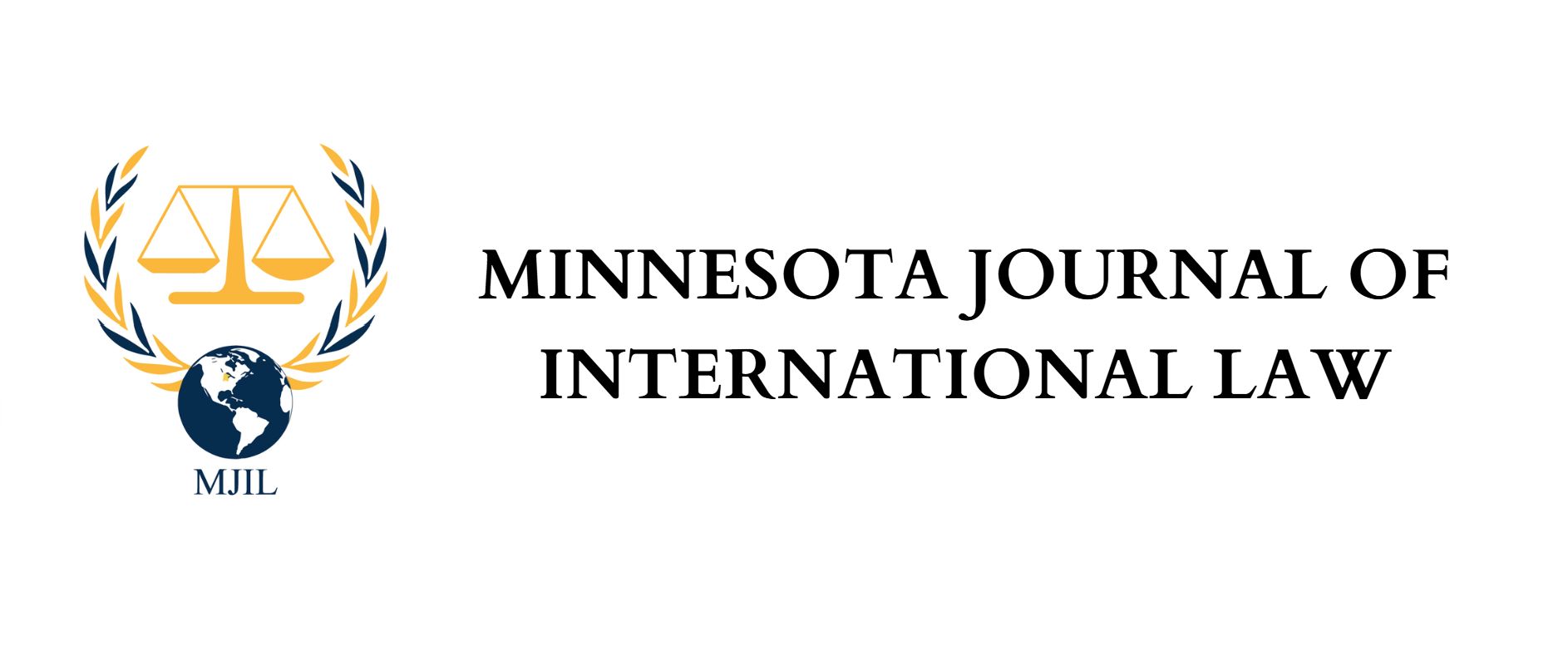Anne Longfellow, MJIL Staff Member:
 On his recent visit to the University of Minnesota, Justice Scalia spoke to my Administrative Law class. During his lecture he mentioned taking a trip to India with Justice Ruth Bader Ginsburg. He then mentioned the Supreme Court of India’s broad original jurisdiction powers and how powers like that would not be compatible with our constitution. While many in the room may have regarded that as a passing comment, I took a special interest because I am writing a paper on the Indian and U.S. Supreme Courts for my Supreme Court in Comparative Perspectives seminar.
On his recent visit to the University of Minnesota, Justice Scalia spoke to my Administrative Law class. During his lecture he mentioned taking a trip to India with Justice Ruth Bader Ginsburg. He then mentioned the Supreme Court of India’s broad original jurisdiction powers and how powers like that would not be compatible with our constitution. While many in the room may have regarded that as a passing comment, I took a special interest because I am writing a paper on the Indian and U.S. Supreme Courts for my Supreme Court in Comparative Perspectives seminar.
The Indian and U.S. Supreme Courts differ in a number of ways. For one, India’s court has 28 justices compared to our 9. With such a large population, a larger size court is probably necessary for it to be effective. Though interestingly, many countries much smaller than India have courts around the same size. Most interesting is the difference that Justice Scalia pointed out to my class. In India, the Supreme Court may take on any case via original jurisdiction if it pertains to the enforcement of fundamental rights. Unlike our Supreme Court, the Indian Court does not need to wait for a fundamental rights case to make its way up through appeals. According to the website for the Supreme Court of India, “It is empowered to issue directions, orders or writs, including writs in the nature of habeas corpus, mandamus, prohibition, quo warranto and certiorari to enforce them.” Clearly this is a very different role than the U.S. Supreme Court plays. I look forward to researching this issue further this semester, and even though Justice Scalia may not agree, perhaps I will discover some benefits to the Indian system that the United States is lacking.
